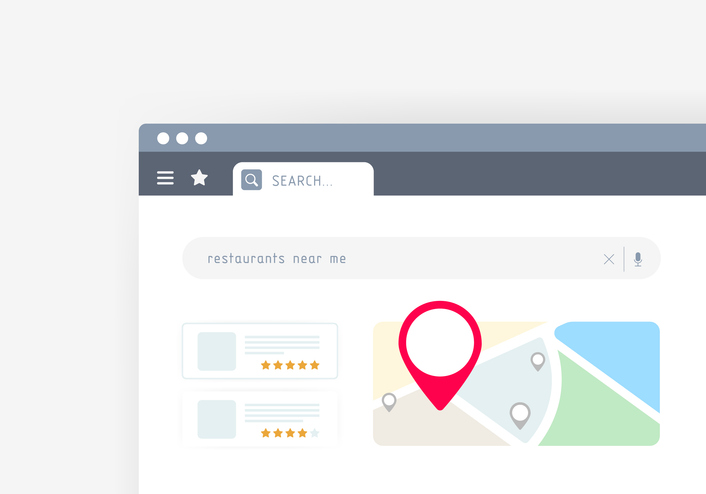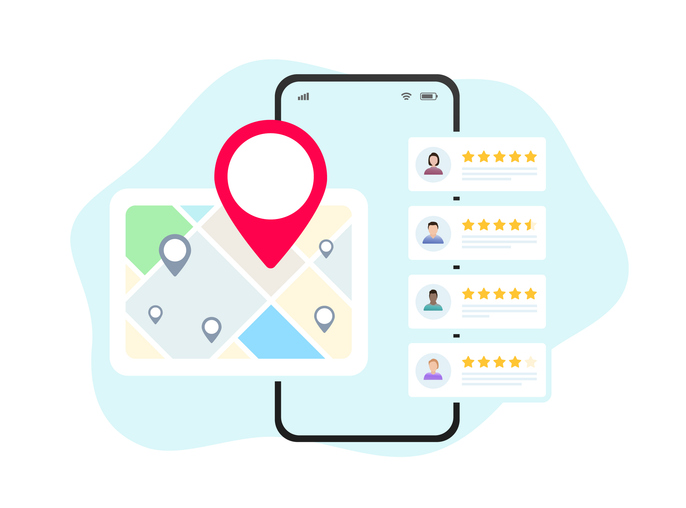
In the fiercely competitive digital arena, local SEO has become essential for businesses aiming to attract nearby customers. For multi-location businesses, the stakes are even higher, as they need to ensure each location ranks well in local search results. One powerful but often overlooked tool for achieving this is geo-tagging.
What is Geo-Tagging?
Geo-tagging involves adding geographical identification metadata to various media, such as photos, videos, and websites. This metadata can include latitude and longitude coordinates, city names, and even specific locations like stores or landmarks. When done correctly, geo-tagging helps search engines understand the geographical context of your content, which, in turn, can boost local search rankings.
Why is Geo-Tagging Crucial for Multi-Location Businesses?
Improved Local Search Rankings
Geo-specific Keywords: Geo-tagging allows you to incorporate geo-specific keywords for each of your locations. This way, each site can rank for local search queries relevant to its area.
Increased Visibility: According to a study by Google, 46% of all searches have local intent. Geo-tagging helps ensure your multiple locations appear in these local search results, increasing visibility and foot traffic.
Enhanced User Experience
Localised Content: By geo-tagging, you can serve more relevant, localised content to your audience. This improves the user experience, making customers feel like your business understands their specific needs and location.
Easy Navigation: Geo-tagged information allows for easy integration with map services like Google Maps, helping customers find your locations effortlessly.
Better Engagement on Social Media
Social Signals: Geo-tagged posts on social media platforms like Instagram and Facebook often receive higher engagement. This engagement is a positive signal to search engines, indirectly boosting your local SEO.
User-Generated Content: Encouraging customers to geo-tag their posts about your business can generate valuable user-generated content, further boosting your local search rankings.
How to Effectively Implement Geo-Tagging for Multiple Locations
Geo-Tag Your Website
Meta Tags: Add geo-specific meta tags to each location’s webpage. Use schema markup to tell search engines the exact location of each store.
NAP Consistency: Ensure that your Name, Address, and Phone number (NAP) information is consistent across all pages and listings.
Geo-Tag Photos and Videos
Alt Text and Captions: Include geo-specific keywords in the alt text and captions of your images and videos.
EXIF Data: For photos, consider embedding geographic coordinates in the EXIF data to provide additional contextual clues to search engines.
Utilise Google My Business
Separate Listings: Create individual Google My Business listings for each location. Ensure that each listing is fully optimised with geo-tagged photos, accurate NAP information, and local keywords.
Local Reviews: Encourage reviews for each location. Positive reviews with location-specific details can significantly boost your local SEO.
Challenges and How to Overcome Them
Managing Consistency
Centralised Management Tools: Use centralised tools like Moz Local or Yext to manage all your listings, ensuring consistency across the board.
Balancing Generic and Local Content
Content Strategy: Develop a content strategy that balances generic content with location-specific information. This ensures that while each location has unique content, it still aligns with the overall brand message.
Geo-tagging is an indispensable tool for multi-location businesses aiming to improve their local SEO. By enhancing local search rankings, improving user experience, and boosting social media engagement, geo-tagging can significantly impact your business’s visibility and customer traffic.
By partnering with LocaliQ, you can streamline your local SEO efforts, ensuring each of your business locations is optimised to attract local customers effectively. With Our expert guidance and comprehensive services, LocaliQ can help your multi-location business achieve greater visibility, higher rankings, and increased foot traffic.






